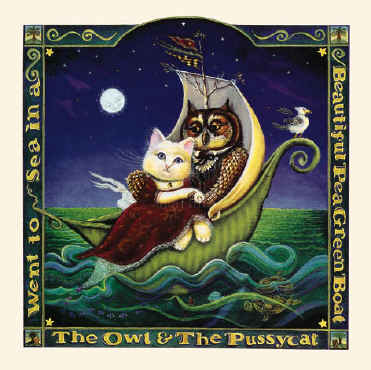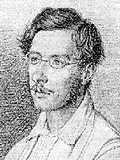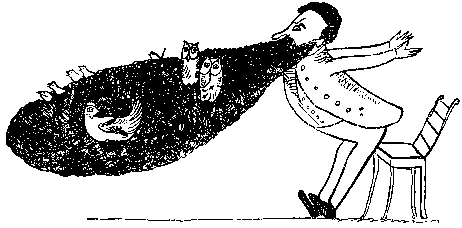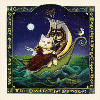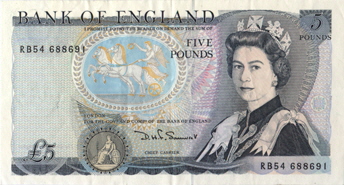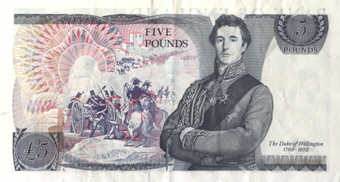The Owl and the Pussy-Cat
| The Owl and the Pussy-Cat went to sea In a beautiful pea-green boat: They took some honey, and plenty of money Wrapped up in a five-pound note. |
|
|
| The Owl looked up to the stars above, And sang to a small guitar, "O lovely Pussy, O Pussy, my love, What a beautiful Pussy you are, You are, You are! What a beautiful Pussy you are!" |
|
| Pussy said to the Owl, "You elegant
fowl, How charmingly sweet you sing! Oh! let us be married; too long we have tarried: But what shall we do for a ring?" They sailed away, for a year and a day, To the land where the bong-tree grows; And there in a wood a Piggy-wig stood, With a ring at the end of his nose, His nose, His nose, With a ring at the end of his nose. |
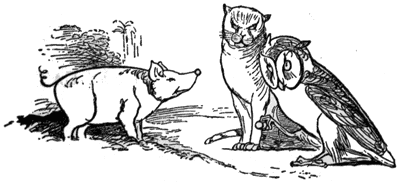 |
|
"Dear Pig, are you willing to sell
for one shilling |
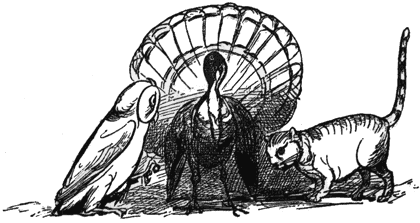 |
| And hand in hand on the edge of the sand They danced by the light of the moon, The moon, The moon, They danced by the light of the moon. |
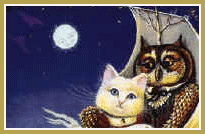 |

